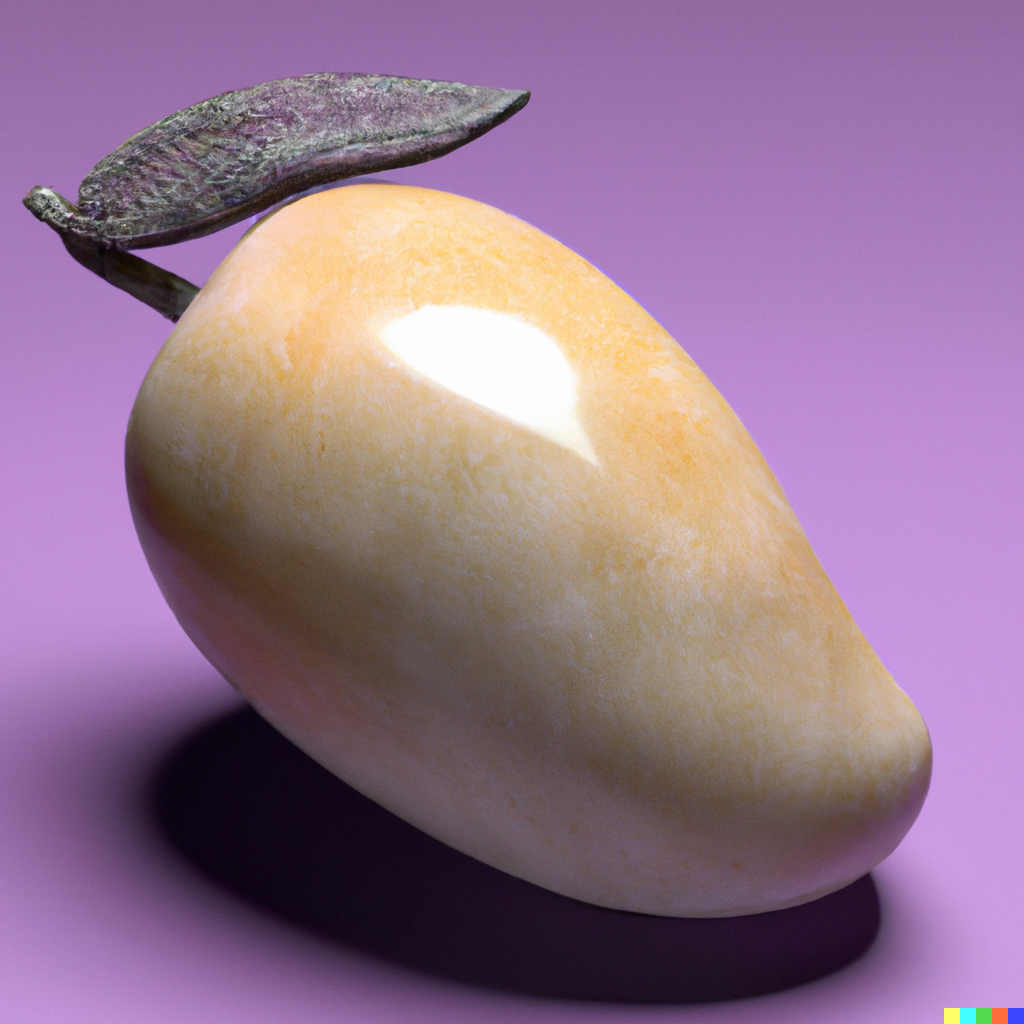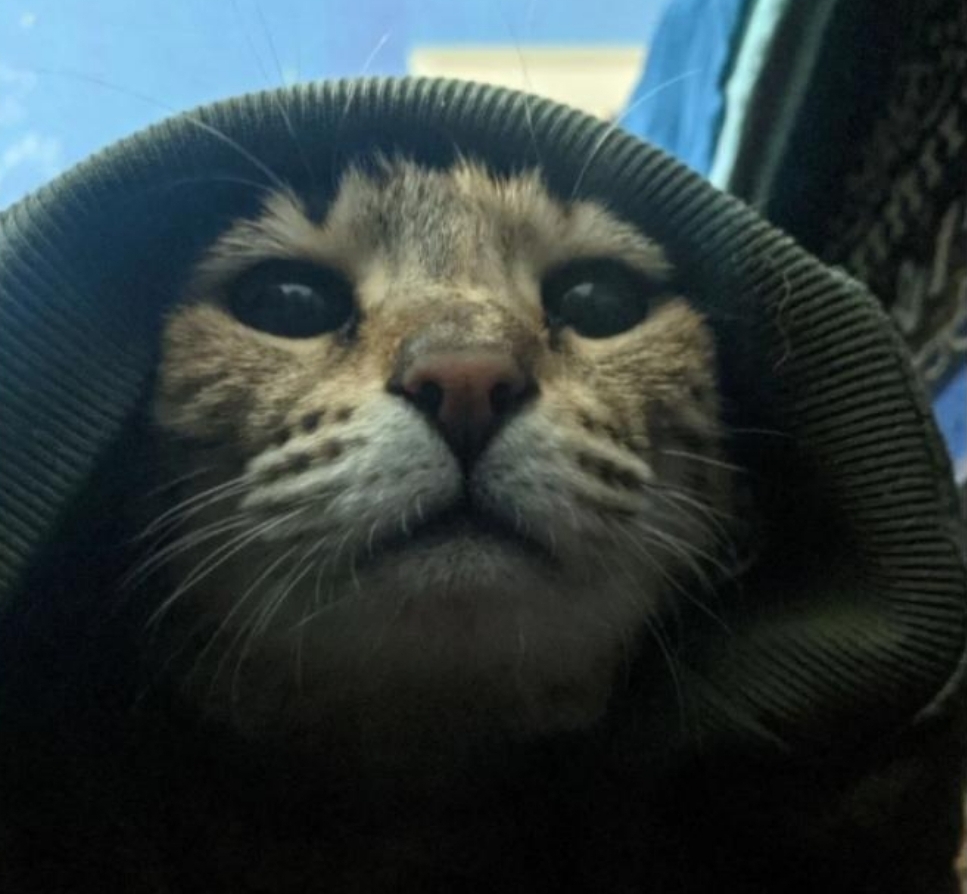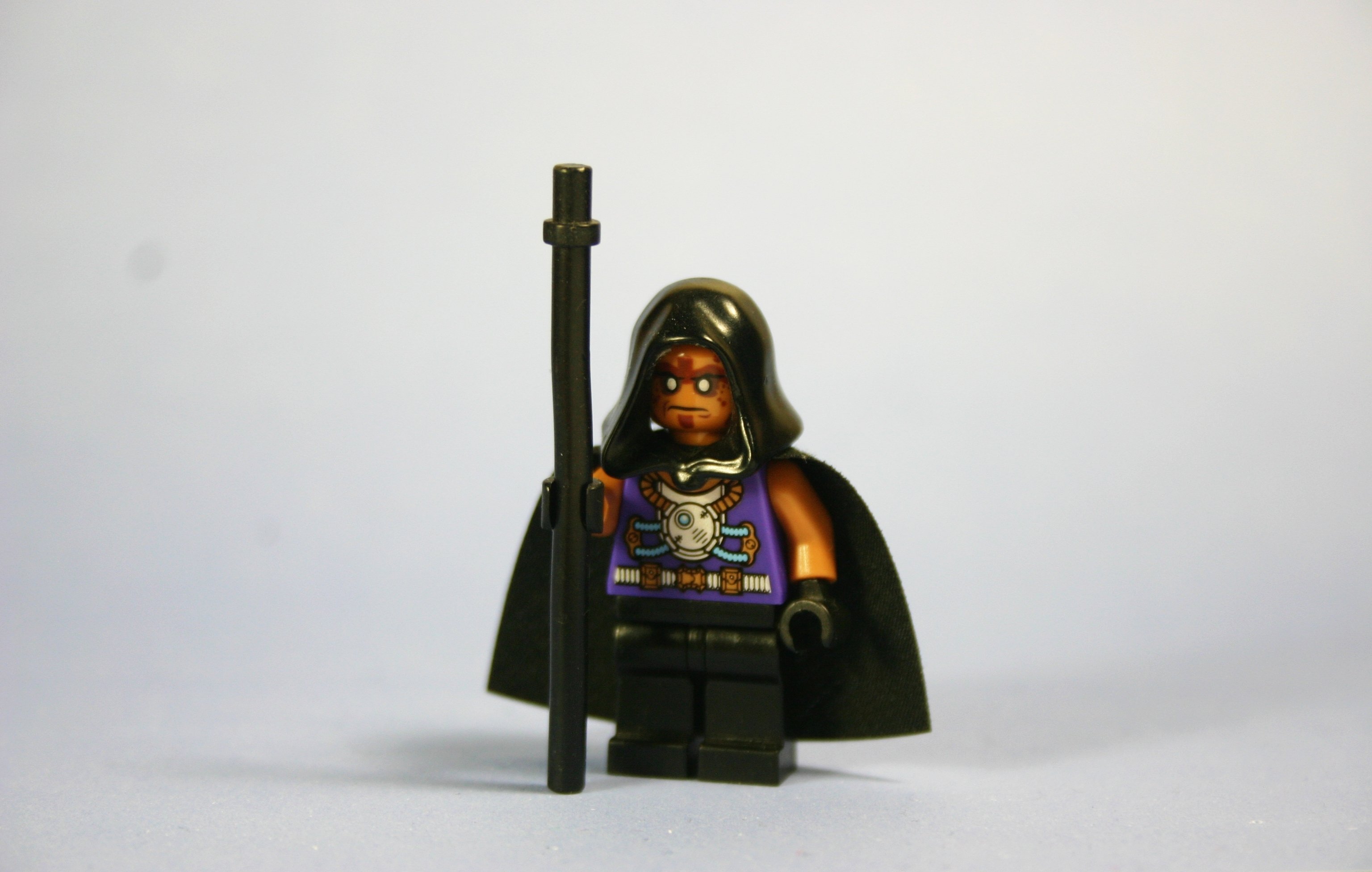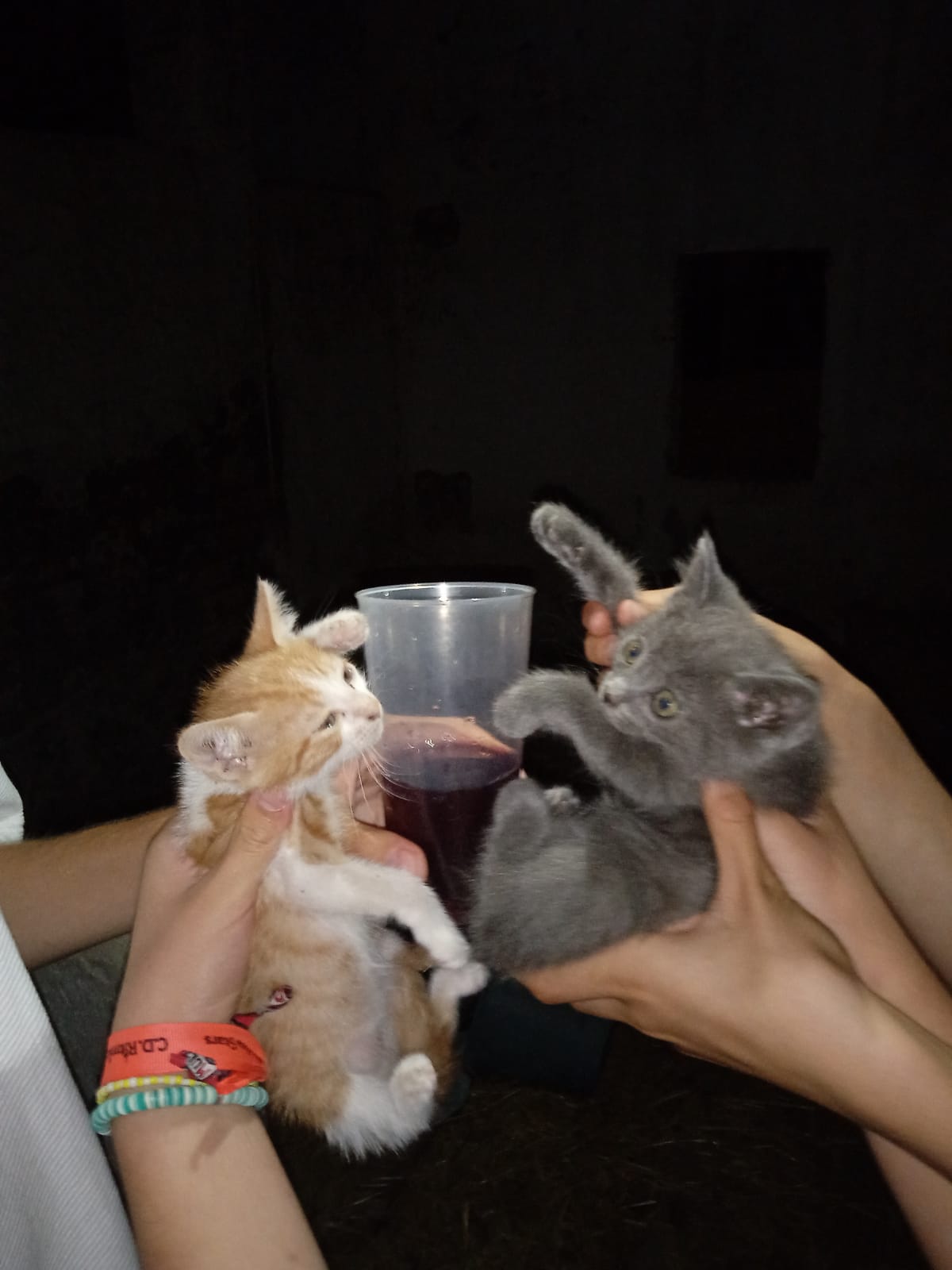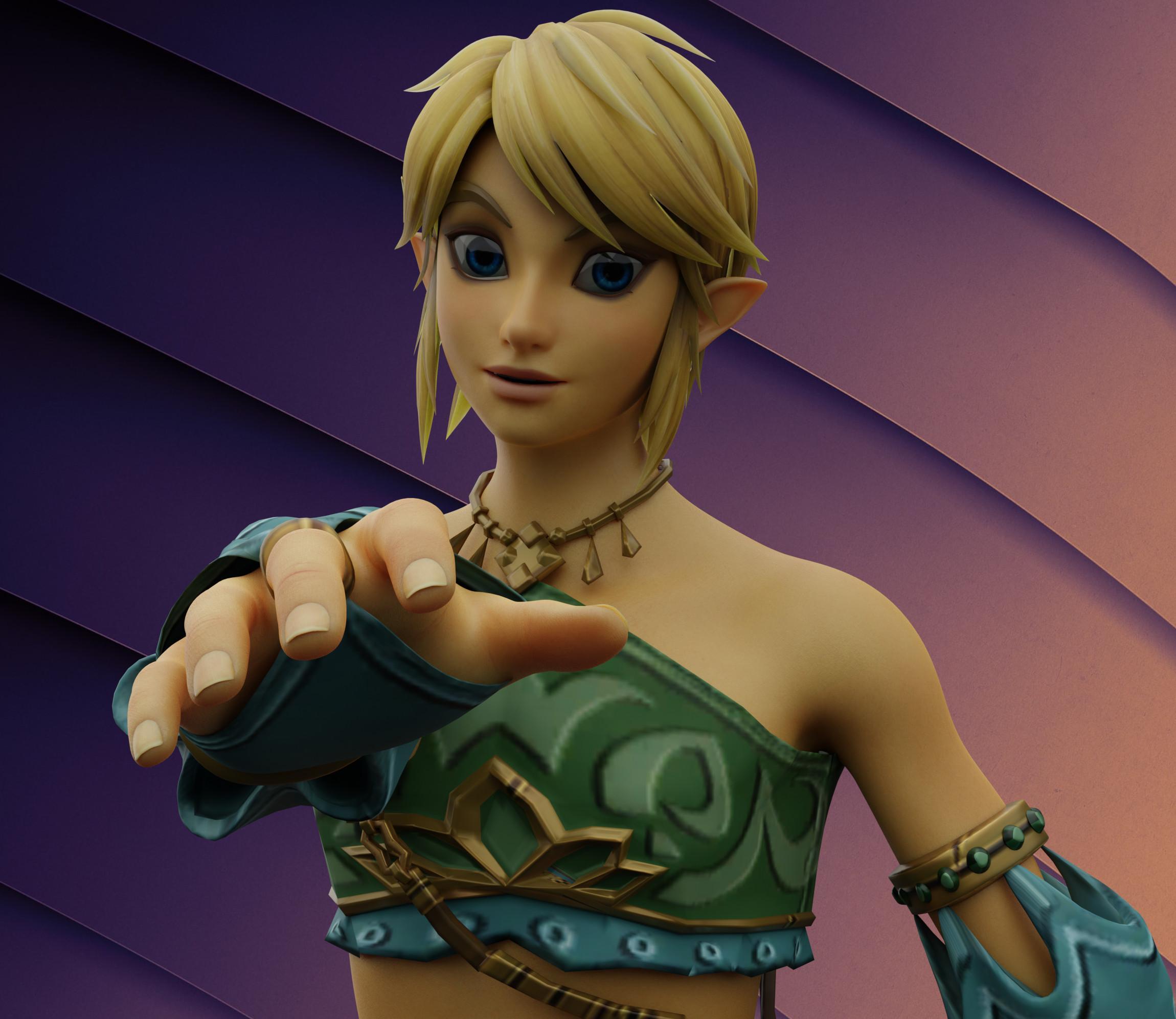For those who don’t know, the blue liquid is their blood
Why are they draining it in this way? Poor things.
It’s catch and release so they let them go afterwards where they found them. Horseshoe crab blood is an essential biomedical tool that’s saved countless lives.
What are some example uses for the blood? I’m fascinated.
Thanks for the reply too.
It’s an anticoagulant and can detect the smallest traces of endotoxins in medicine. I’m sure I’m missing some details but there are some great medical journals that detail the process and help explain why it’s $60,000 a gallon.
$15.85 per ml, for a more at scale measurement.
How close is this stuff to HP’s Cyan?
With how much those things cost, I wouldn’t be surprised if some horseshoe crab blood was mixed in to really make the color pop.
deleted by creator
Is this why the royals are rich? Because they have blue blood.
I, uh, I may have an economic recovery proposal.
It is not an anticoagulant, quite the opposite actually. The blood (limulus amoebocyte lysate) will coagulate at the slightest hint of gram-negative bacteria and their endotoxins.
It’s most likely a defense mechanism against bacterial infections.
It’s widely used in medicine to check for bacterial contamination of injectable pharmaceuticals.
Woah. Are horseshoe crabs like other crustaceans in that they eat pretty much anything including/mostly detritus?
If thats the case, than how would it be beneficial to have blood that coagulates so easily?
Wouldn’t every meal lead to a crab version of a stroke?
Horseshoe crabs are not crusteceans, they are early chelicerates.
They have an open circulatory system, where the blood (heamolymph) freely spills out of the arteries into surrounding tissues, so a small clot probably wouldn’t cause issues. Think of it like a cyst, sometimes if an infection can’t be removed by the immune system, your body will just enclose it in a capsule, so it can’t spread.
They are not crabs nor crustaceans.
Probably so it can detect it as quickly as possible for elimination.
Discoveries like this always makes me wonder, who had the idea to try it and why
wait until you hear about protamines and their medical uses
The blood contains a coagulent which clots in the presence of bacterial toxins. It is extracted and used to ensure that medical equipent and stuff such as vaccines are sterile and safe.
The main use is to detect how much endotoxins (proteins that cause our immune system to react) are present in a sample. This is important because we often use bacteria/fungus/yeast to produce medicine and then remove the microorganism from that medicine. This checks for anything left behind in that process, far more sensitive than any other test or machine can do.
If it wasn’t for horseshoe crab blood, creating medicine that is safe for injection would be a lot harder and potentially more dangerous.
Wonder why we can’t just make the coagulant ourselves. Or maybe we can but milking crabs is still cheaper.
My guess without checking would be regulatory. The FDA doesn’t want to approve an alternative to an already working method unless it can be shown to truly be an alternative. That testing is lengthy and expensive.
It’s not a chemical compound, the active component is an amebocyte. Same reason we can’t just make red blood cells and need other humans to donate them.
There have been other attempts at making synthetic coagulants without broad success. The thing that seems to be the most effective at minimizing the horseshoe crab burden is using machines to do the detection and cut down on the amount of LAL needed vs running the test visually.
Here’s a description of the bleeding process:
https://www.horseshoecrab.org/med/bestpractices.html
It’s specifically non-fatal:
Bleeding horseshoe crabs to death is not an acceptable practice in the U.S.
The volume of blood taken is actually quite small, as most of the material in the collection jars is anticoagulant.
It may look uncomfortable to us humans, but keep in mind that horseshoe crabs are not human. What’s normal for the spider is chaos for the fly. Granted, it would be kinda weird to be hoisted from your home by a giant ape and forced into a blood drive. It’s done as gently as possible though.
Unfortunately the practice often results in death anyway. 30% die in the process.
It also has unforseen consequences in the food chain, so by all means we should look for alternatives.
Thankfully alternatives already exist .
Last I read synthetic LAL was nowhere near scaleable. Bleeding Crabs is very expensive.
By vegan moral logic they shouldn’t be allowed to accept vaccines.
Not taking vaccines is endangering far more people
Hmm. Assuming that the production was actually harmless, what’s the difference between wearing a wool sweater made from excess animal production of wool and using a vaccine made from excess animal blood?
No such thing as “excess blood”, brother. That’s why we generally want it to stay inside of our bodies.
Yes donors voluntarily give up a pint of blood every month, because it replenishes.
Vegans can receive transfusions because I believe it’s down to “consent”. Humans consent to the blood draw. Crabs do not.
So vegans shouldn’t be taking any medicine or vaccines that have had blood crab blood used in their manufacture.
I have discovered the solution to the vegan problem! Tell all vegans about medicine being made using animal blood and they will die out faster than their B12 & iron deficiency does at the moment!
Patent Pending
Still, I was disappointed to find that a large percentage of released crabs die anyway. Can’t find the number, but it’s significant. 1/3rd?
Afair estimates put the portion of dead crabs between 10 and 30%. Some might also be unable to reproduce due to the bleeding.
Sadly a lot of the companies harvesting them will just kill and sell them for bait anyways.
Of those that are released, about a third die. Not to say about the decrease in overall fitness, which can lead to them falling prey more easily.
It’s obviously a traumatic experience for the animal in the best case scenario and that is going to reflect on their ability to survive in the wild.
being bled is not my concept of normal for and species
Oh, I don’t mean the “blood donation” being normal. The person I was responding to asked why they were being drained “this way”. I assumed they were concerned about the folded-over positioning of the crab.
Also, counter argument (in good fun): plenty of animals get their blood drained regularly in nature. Mosquitos, ticks, leaches, and vampire bats are a few examples of things that drain blood from others. Maybe the crabs see us as giant pests?
Defo not the best arrangement for the crabs though. As others pointed out to me, apparently despite the optimistic wording in the link I shared the process is still fatal to some. I’m glad we’re working on alternatives.
Red Cross enters the chat.
Highest chance of survival/low stress
Edit: many do die still. I don’t want to say it’s safe, just safer
That’s how blueberry is made Freeze some of this add some structure, let it set, then put it on trees
Because we as a species have decided its okay to torture others for personal gain
This is a necessary evil to save many many human lives. Alternatives are being worked on, but this isn’t just for money or food, it’s for lifesaving medicine.
At the expense of others, also we have synthetic versions of this now.
Obviously didn’t read the meme. It’s a blueberry milkshake. Everyone knows blood isn’t that color.
Which proves they’re all royalty.
King Crab 🦀
So this is basically like a blood farm from vampires? Shit, still surprises me what an evil species we really are.
I kinda agree with you but when you think about it it’s not that bad. They are released afterwards and we can use that blood to save countless people, like you and me.
Dp you enjoy the widespread availability of injectable medicine? The blood is used to detect impurities in injectable medicine.
A pint? That’s nearly an arm-full!
People who know know that the crabs survive and are released back into the wild after their “donation”
Noble sacrifices for the glory of mankind.
Most of them, yes.

So we only catch them, torture them as much as we want and then act like we do good because at some point we “release” them to torture them again in the future.
Do you consider giving blood to be torture?
Is the Red Cross a torture organization?
And don’t bring up “consent”. Horseshoe Crabs are incapable of consenting or not-consenting to anything because they don’t have an advanced enough brain.
they don’t have an advanced enough brain
So that makes it okay to torture them.
Is the Red Cross a torture organization? Torture might not mean what you think it means.
But this is only about the life and death of patients. Nothing important or anything.
And they literally and actually save hundreds of thousands of human AND animal lives by giving blood, which If you’ve never done it (Why Not?) Does not hurt a bit.
Trivia of the day, horseshoe crab blood is blue because it is copper based instead of iron based like our blood
Real talk I’m fine with hurting crabs for our own means. Straight up.
Whoa! That’s some Human Supremacist talk there.
Hell yeah. Whole point is to get the species off the rock, then out of the meat suit
Not necessarily in that order
Pretty sure I played a horror game with that concept once… SOMA?
I personally would like to become a conscious cloud of gas.
Or mammal supremacist. Or vertebrate supremacist. There are options
On god, no cap frfr str8 bussin.
Real talk I’m fine with hurting other living beings that aren’t me for my own means. Straight up.
That’s literally life. Unless you’re a plant, you’re killing things to eat.
And if you’re a plant, either you’re eating things that were already killed and/or outright killing other plants for their blood or to take their sunlight. And that’s if you don’t mention carnivorous plants which, ik eat animals
Kinda? I think it’s more accurate to say that the nutrients they need from the soil are from decomposed dead things. Competition for sunlight is a real thing, but I’m not sure if that counts. I suppose it does, since it’s all about survival. Same would go for species that have fights with themselves.
I am.
I know it sucks, but they play an invaluable role in modern medicine, I hope that we can find an alternative to using them, but AFAIK there is nothing that works in the same manner yet.
They may have a substitute in the pipeline
discovered that a molecule in LAL called factor C was responsible for its clotting action. Researchers genetically modified the guts of insects—who belong to the same phylum as horseshoe
Oh that is excellent news! I was unaware!
They’re chelicerates though, not crustaceans. But then again, apparently everything evolves into crabs anyway
apparently everything evolves into crabs anyway
And for those who can’t be arsed reading. Here’s a great video Crabs
*CRAB PEOPLE. CRAB PEOPLE. *
everything evolves into crabs anyway
Does that mean I can become a crab too?
Get to walking sideways and eating mud, friend!
They all serve a purpose in their own way, this one specifically does a great job!
I’m fine with hurting all wildlife.
Edit: if you realized this was satire, then congrats! If you didn’t, then congrats!
I’m fine with hurting all life.
I am.
Missed an opportunity for “I’m hurting all life.”
I’m fine with missing all opportunities
They’re actually being fed the blue milk from Star Wars 8
That was green milk. Blue milk is from Episode IV.
ah yes, The Final Generation
It’s a simple, nearly instantaneous test that goes by the name of the LAL, or Limulus amebocyte lysate, test (after the species name of the crab, Limulus polyphemus). The LAL test replaced the rather horrifying prospect of possibly contaminated substances being tested on “large colonies of rabbits.” Pharma companies didn’t like the rabbit process, either, because it was slow and expensive.
From https://www.theatlantic.com/technology/archive/2014/02/the-blood-harvest/284078/ (emphasis mine).
Once it is fast and cheap, expect to see these alien fluid harvesting plants everywhere.
This is the kind of shit you see right at the start of alien invasion type sci fi flicks.
Or in China on a Wednesday.
(I am being a little sarcastic, but traditional Chinese medicine can have some really shitty practices.)
They have copper blood… Where is this… Asking for a friend
The crabs are released afterwards, it doesn’t kill them. Not saying it’s a perfectly ethical situation, but at least it’s not kill em en masse.
Just like tmnt
Stop all animal testing and torture
This isn’t specifically animal testing, rather it is a process to get life saving medicine. They are working hard to synthesize it luckily. This has been the subject of a few major podcasts but I can’t remember which ones.
Radiolab has an awesome episode https://radiolab.org/podcast/baby-blue-blood-drive
First off, this isn’t testing. We know exactly what we need Horseshoe Crab blood for, and it’s incredibly important.
Second, it’s probably not torture. The worst-case-scenario level of discomfort from bleeding them is fairly low, like a human giving blood. And that (incorrectly) presupposes them having as advanced pain-sensing as humans. The actual death rate is the bigger issue, but we are talking about saving lives and the medical community is trying really hard to change the status quo on this. Covered below.
Third, what you’re seeing in that picture saves thousands of lives per year. How much human suffering, how many human deaths, are you willing to accept to achieve those goals? What if one of those humans that has to suffer or die was your kid? There’s no plant-based alternative to this process at this time.
Let me clarify this. Using horseshoe crabs for this purpose is VERY EXPENSIVE. It’s only done because we don’t have an alternative yet, and the process is necessary for modern medicine. There is plenty of research going into either making this process less expensive (which probably involves a lower death rate for crabs) or finding an entirely different process to achieve the same goals. But none has been found (well, except that they used to use rabbits for this. I don’t know the details)
I can understand the desire to spare… um…shellfish some…uh… pain I guess. But NOT at the expense of human life and suffering. That’s just silly.
they don’t die tho
Just tortured their entire lives
Wondering when the land people will come to suck their blood again
It’s catch and release, not life long milking. Granted, the survival rate isn’t as high as I’d like (70-90% apparently), but I do also appreciate having safe injectable medicines. All things considered, with a species bias, I’d prefer dozens of humans live at the expense of a… Not crab. Unfortunate though it may be. I can’t also help but notice you’ve anthropomorphised them a bit. I’m certain these creatures respond to negative stimulus, but attributing fear and life long trauma seems to be giving their intelligence a bit of an unfounded boost.
🤓
Honestly, of all the messed up shit we do with animals draining blood from a bunch of crabs for medical purposes seems like one of the less egregious ones.
they catch, “milk” and release them, most of them recover from it. (weaker ones tend to die tho, with survival rate of around 80%)
A lot of them do end up dying from this, yes.
around 20% which is acceptable… i think?






